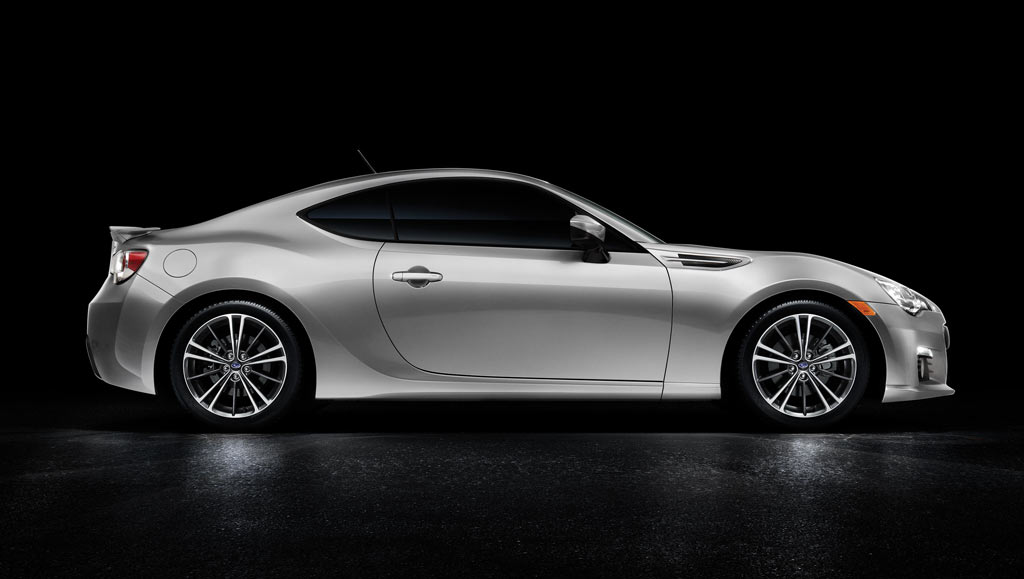I sometimes hear grumbling about all the knickknacks carmakers jam into new vehicles. While I agree they can seem like too much to pay attention to, sometimes the extra electronics are worth considering.
This thought hit me (pardon the upcoming pun) when I watched a news clip called Vehicle hits stroller carrying kids, traps one under the car in Toronto. (Note: There’s an egregious mistake in the headline – this incident happened in Newmarket, a town well north of Toronto.)
Why did this happen? If you’re like me, you’re probably wondering whether the driver was paying adequate attention. From in-car doodads to mobile phones to food and drink to makeup, the list of potential distractions stretches on.
These thoughts led me to reminisce about a late 2012 media event hosted by Microsoft Canada and Subaru Canada. Microsoft wanted to show off Lync, which Subaru Canada now uses in place of a phone and messaging system. It’s pretty neat technology, but it was meant chiefly for the office, not the car.
(fun tangent here) Subaru then invited us journalists to take a spin in a few of its cars. One was a BRZ, a hot little rear-wheel-drive (yup, not four-wheel-drive) two-door sports car.
I chose the one with the manual shifter. The first question from the Subaru representative when I got in the car was “When did you last drive a manual?” “About an hour and a half ago,” was my reply. We chuckled, and he let me blast the car through a small course “chalked” onto an empty section of Microsoft Canada’s head office parking lot.

I had to sit so low, my feet were further off the ground than my butt. Sometimes, that’s a good thing.
(back to the theme of this post) Before booting around in the BRZ, though, I had an experience that proved more memorable. Another Subaru rep sat three of us in a Legacy, accelerated to 30 kilometres per hour towards a stationary obstacle, and took his foot away from the pedals. (Seriously. His right knee was above the steering wheel.)
The car cruised smoothly along until its EyeSight system decided enough was enough. Using input from a couple of cameras mounted to either side of the in-car rear view mirror, the system made some noise, blipped the brakes, then braked hard. We stopped inches, if that, in front of the aforementioned obstacle. Then the rest of us got the chance to put the Legacy’s EyeSight system through its paces.
http://www.youtube.com/watch?feature=player_embedded&v=0bCmR33sb50
(The actual experience was much more visceral than this video implies.)
EyeSight, we were told, is meant to detect all sorts of objects, from cars and trucks to bicycles and tricycles, and of course, people and strollers.
After decades of conditioning, I found it difficult to keep my foot away from the brake pedal – in fact, the whole experience was freaky – but I got the point. In our age of distracted driving, it’s a socially responsible move on Subaru’s part to develop and market EyeSight – which does more than what I’ve discussed here – even if the system is currently limited to being an option available on only a few of its models.
“We carry many distractions with us in the car,” says Joe Felstein, PR manager with Subaru Canada. “We’re trying to help people avoid the consequences of distracted driving.”
It’s worth remembering that things like airbags and anti-lock brakes were once considered gadgets. I hope that systems like EyeSight become, if not ubiquitous, at least much more widespread. Having the car train another pair of of eyes on the road sounds like a great idea to me. It’s preferable to reading more headlines like the one near the beginning of this post.
Update – October 1, 2013: Just last week, this article discussed the value of crash avoidance technologies currently available on the market. Spoiler: my blog post + this article = double win for Subaru. Read the article anyway. If only other carmakers could catch up to Subaru’s technology, and push it out to more models as a standard option…
